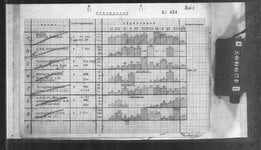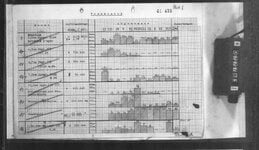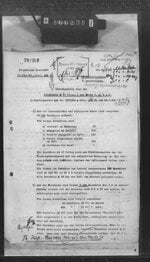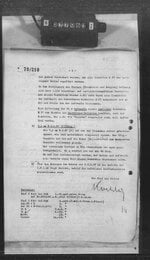- Thread starter
- #81
Taking them apart, transporting them, reworking them was labor intensive.
The 25mm Hotchkiss AA gun was not very good anyway. Park them in France, give them away, don't spend any more German resources on them.
Time/money spent on modifying 25mm ATG barrels to fit 25mm AA guns is time/money not spent of new barrels/guns for 2cm Flak 38s or 3.7cm Flak 37s
The 25mm AA gun fired the twice as heavy shell than the 2cm Flak did, at the same velocity. Means it will ought to outrage the light Flak that Germans had in scores (= 1-barreled 2cm), and that seems to be so, 3000m vs. 2000m for the 2cm (terms and conditions apply). It will also have a better ceiling.
Turning the 25mm ATG barrels into the parts of the 25mm AA gun can be done in France (and Romania, where for exmple a lot of the captured 75mm Polish guns were sold), and it will take mo more time and resources than a 2cm Flak to manufacture. See whether it can fit on the 2cm Flak tripod, like the MK 103 later did so.
For the 37mm AA gun to become a widely-produced gun, it will take Germany to realize that they need to take that weapon seriously ASAP and devote the resources for production of it. As-is, it was being produced just by one production line at Rheinmetall, and, boy, have they had their plate full.




